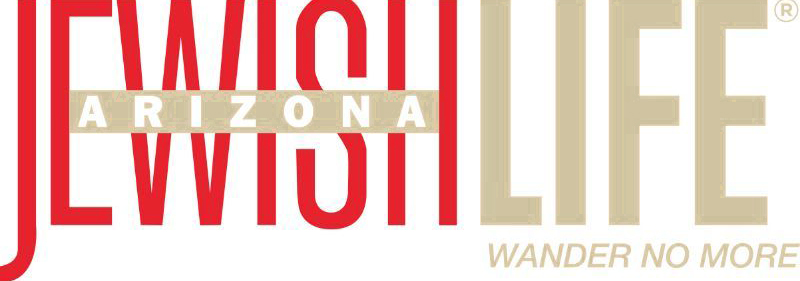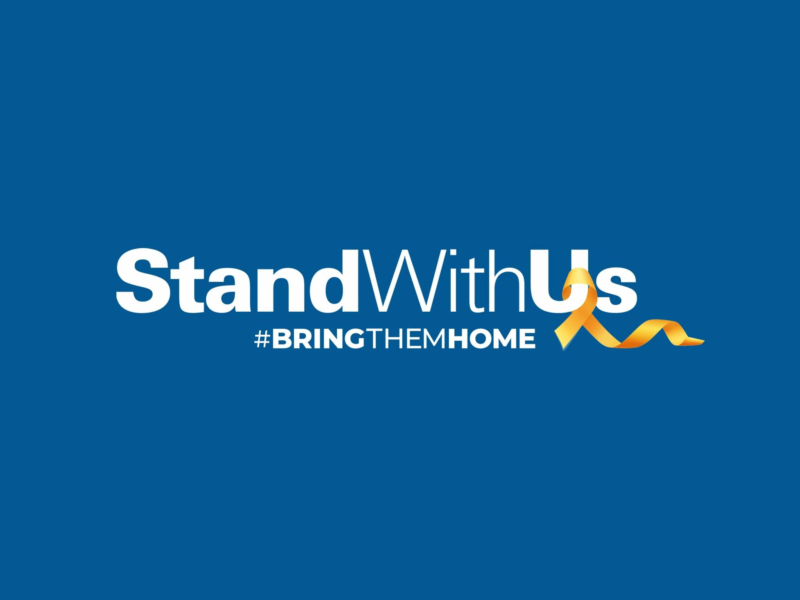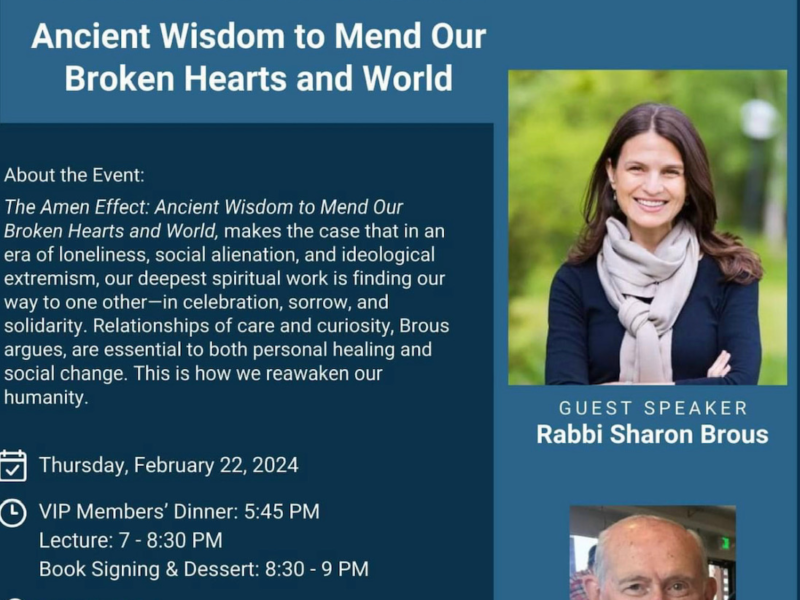In January 1939, the Jewish organization Brith Sholom asked Philadelphia couple Gilbert and Eleanor Kraus to go to Nazi Germany in order to rescue 50 Jewish children. The Krauses, who were Jewish, made the dangerous journey to Nazi-occupied Vienna to choose the children and bring them to the United States to live with foster families. They hoped that the kids would eventually reunite with their parents.
Pictured above: Some of the Jewish children rescued by the Krauses wave to the Statue of Liberty upon arrival in New York, June 1939. U.S. Holocaust Memorial Museum.
Marking its 25th anniversary year, the United States Holocaust Memorial Museum features a special exhibition “Americans and the Holocaust” which examines the motives, pressures and fears that shaped Americans’ responses to Nazism, war and the persecution and murder of Jews in Europe during the 1930s and ‘40s.
Based on extensive new research, this is the most comprehensive exhibition exploring the many factors – including the Great Depression, isolationism, xenophobia, racism and anti-Semitism –that influenced decisions made by the U.S. government, the news media, Hollywood, organizations and individuals as they responded to Nazism. Americans and the Holocaust dispels myths about this history, such as the misperception that Americans lacked access to information about the persecution of Jews as it was happening. It examines why their rescue never became a priority for the U.S. government even as the country made great sacrifices to defeat Nazism.
“Visitors will be surprised at how much Americans knew about Nazism and the Holocaust and how early they knew it,” says exhibition curator Daniel Greene. “The exhibition also shows what else was on Americans’ minds as they learned about these threats, from great economic insecurity to the isolationist sentiment in the wake of World War I and national security fears during World War II. We transport visitors back into that tumultuous era so that they might consider these events without the benefit of hindsight.”
The exhibition:
- Presents public opinion polling from the era to examine how World War I, the Great Depression, isolationism, and anti-Semitism shaped American attitudes and both reflected and affected leaders’ decisions.
- Includes new research and artifacts illustrating the many obstacles European Jews faced on both sides of the Atlantic while they tried to flee Europe and enter the United States.
- Chronicles what the U.S. government – from President Roosevelt to Congress and government agencies – did and did not do to respond to Nazism and the persecution and mass murder of Europe’s Jews.
- Sheds light on how much information was available to Americans in their local communities both early on and during the war years about the threat of Nazism and the Holocaust. Some of the local coverage featured in this exhibition was gathered through a Museum online crowdsourcing initiative, “History Unfolded,” engaging schools and individuals across the country who helped build the largest online archive of American newspaper coverage of key events during the Holocaust. “History Unfolded” shows just how much information about Nazism and the plight of Europe’s Jews was available to Americans.
Shows that much of Hollywood tended to portray Nazism as a threat to democracy without mentioning the plight of Europe’s Jews.
Presents the stories of individual Americans, many of whom took actions that went against the grain at the time. This includes extraordinary stories of Americans who dared to rescue Jews from Europe.
“Since opening our doors 25 years ago, the Museum has asked difficult questions about Holocaust history and encouraged people to reflect on their roles and responsibilities in society today,” said Museum Director Sara J. Bloomfield. “Americans and the Holocaust will challenge visitors to think about both the missed opportunities to save lives and the impact of those few individuals who took action.”
The exhibition honors the mandate in the institution’s founding charter that the Museum put special emphasis on Americans’ responses to the Holocaust. The 1979 President’s Commission on the Holocaust, chaired by Museum Founding Chairman Elie Wiesel, states that the American experience “must … be explored thoroughly and honestly…The decision to face the issue constitutes an act of moral courage worthy of our nation.’’ Americans’ responses to the Holocaust have always been presented throughout the Museum’s Permanent Exhibition, and this exhibition goes into greater detail.
An online version of the exhibition can be found at ushmm.org/americans. Stories from the Americans and the Holocaust exhibition and the online exhibition will be featured on the Museum’s social media channels: Facebook, Twitter, and Instagram, (@holocaustmuseum).






